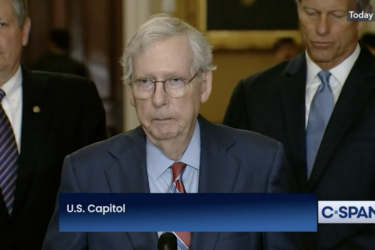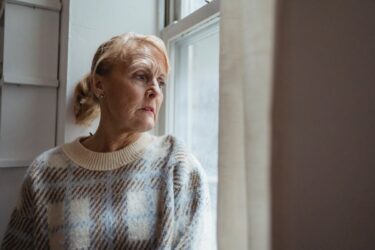It was worth the wait to attend one of the last sessions on the last day of Health Journalism 2013.
Data mining is one of those topics that can make the audience’s eyes glaze over, but the energy level in the room was high as the audience learned how two Boston Globe reporters used publicly accessible records to expose widespread overmedication of Massachusetts nursing home residents, resulting in a highly acclaimed front-page series.
Health reporter Kay Lazar led a panel which included her colleague, reporter Matt Carroll, and Patricia Fried, a consultant to lawyers investigating nursing home wrongdoing, subcontractor to the Centers for Medicare and Medicaid Services, and experienced nursing home director.
Discovering the truth about nursing home residents’ quality of life can be challenging, Lazar said. However, once you understand what to look for and how to analyze the data, it unearths a wealth of information, and many potential story ideas. Much of the analysis conducted by Lazar and Carroll came from statements of deficiency (SOD) forms submitted to CMS by nursing home surveyors, also known as inspectors.
Fried showed how nursing homes are graded, explaining the specifics of SODs with an example projected on the screen . Inspectors use F-tags, numerical codes for specific deficiencies, and a scope and severity grid, which include various levels, coded A-L, and range of level of harm from I-IV. She explained that there is a gradation of increasing severity of violations; any violation at “G” or greater triggers civil penalties. Progressively serious violations noting “substandard” level of care result in sanctions by CMS and may result in the home losing its license. Violations are reported to both CMS and the overseeing state agency.
Carroll, an expert data analyst, explained how he and Lazar poured through some 2 million pieces of information obtained from CMS through a Freedom of Information Act. They developed their own database of nearly 16,000 nursing homes, searchable by state, down to a specific hospital and specific violations. Two sets of raw data from this effort – antipsychotic use, and nursing home characteristics, are available to AHCJ members through the website.
One thing reporters should look at is how the home plans to correct any serious deficiencies and when, according to Fried. Reporters may find themselves bouncing between the state and CMS when trying to track down this information.
The CMS regional office should provide journalists with data – the SOD forms say clearly that information must be made public 14 days after the nursing home is notified of results. A home has 10 days from notification to file a plan of correction, which also should be public, Fried said. However, there is little monitoring by the state and violations may not be corrected for a year or more.
As Carroll pointed out, the article’s accompanying graphs on the Globe’s front page, he joked that 2 million bits of data worked out to two tiny bar graphs. Reporters can do their own database searches on topics other than medication through Nursing Home Compare. It’s available on the CMS website. Users should scroll down to the “download the Nursing Home Compare Database” link on the right. AHCJ has reduced key elements in Nursing Compare data into more manageable formats in Excel spreadsheets. ProPublica also has a version posted.
Data mining and collaboration netted an award-winning feature about medication abuse in Massachusetts nursing homes. Lazar and Carroll urged reporters in the room to take a look at nursing homes in their own states. “There’s a ton of data out there,” Carroll said.









